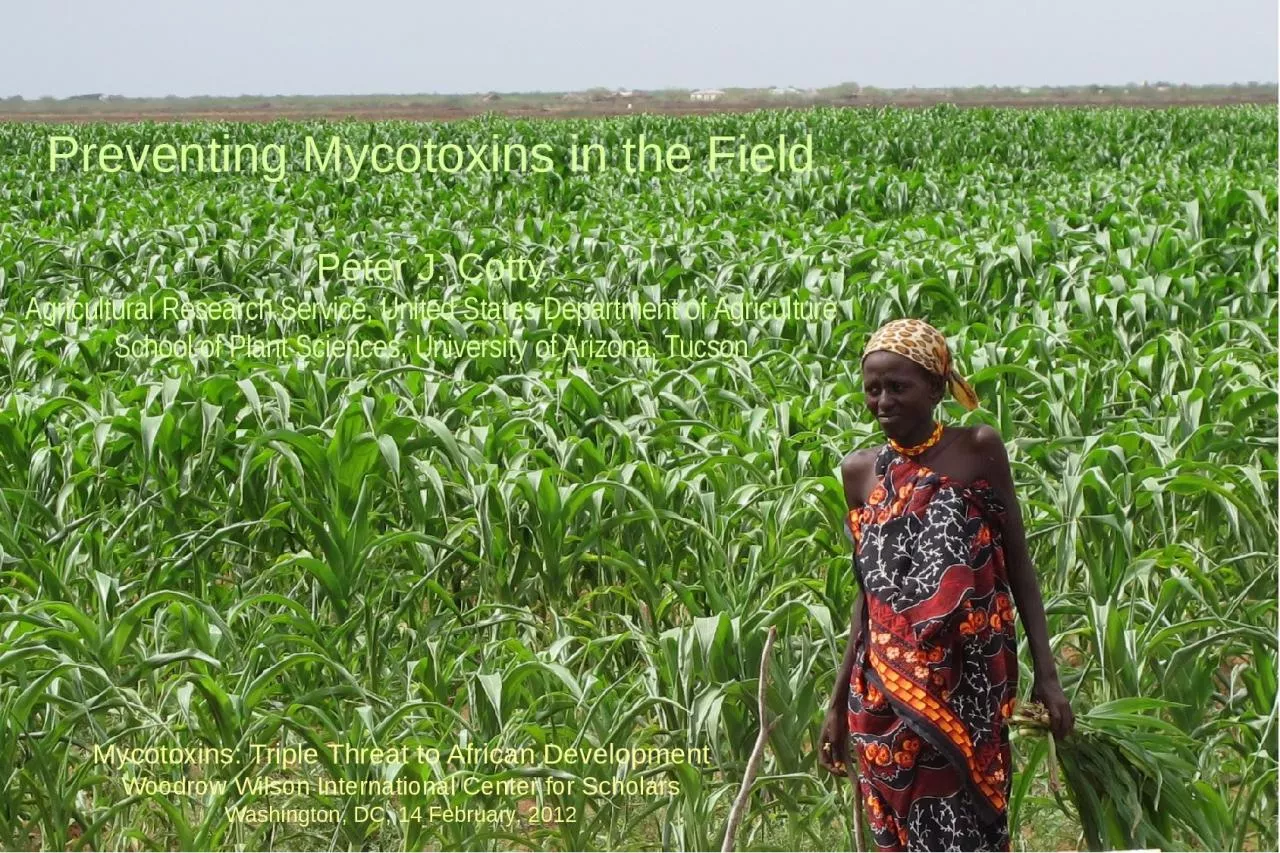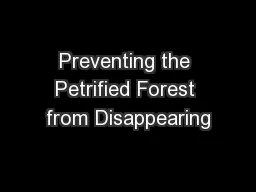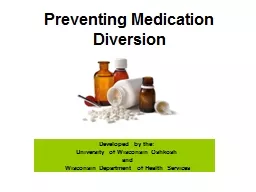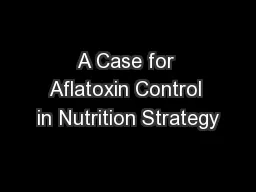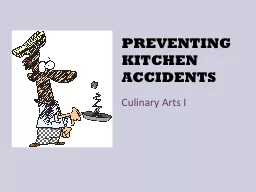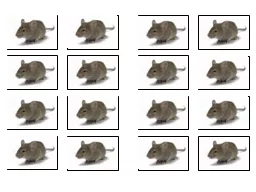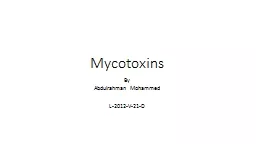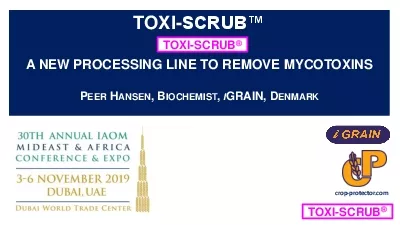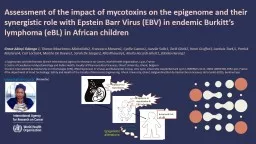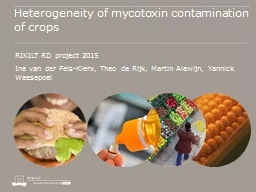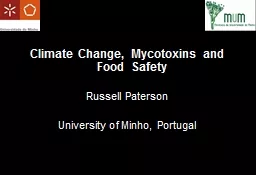PPT-Preventing Mycotoxins in the Field
Author : lauren | Published Date : 2023-11-20
Peter J Cotty Agricultural Research Service United States Department of Agriculture School of Plant Sciences University of Arizona Tucson Mycotoxins Triple Threat
Presentation Embed Code
Download Presentation
Download Presentation The PPT/PDF document "Preventing Mycotoxins in the Field" is the property of its rightful owner. Permission is granted to download and print the materials on this website for personal, non-commercial use only, and to display it on your personal computer provided you do not modify the materials and that you retain all copyright notices contained in the materials. By downloading content from our website, you accept the terms of this agreement.
Preventing Mycotoxins in the Field: Transcript
Download Rules Of Document
"Preventing Mycotoxins in the Field"The content belongs to its owner. You may download and print it for personal use, without modification, and keep all copyright notices. By downloading, you agree to these terms.
Related Documents

